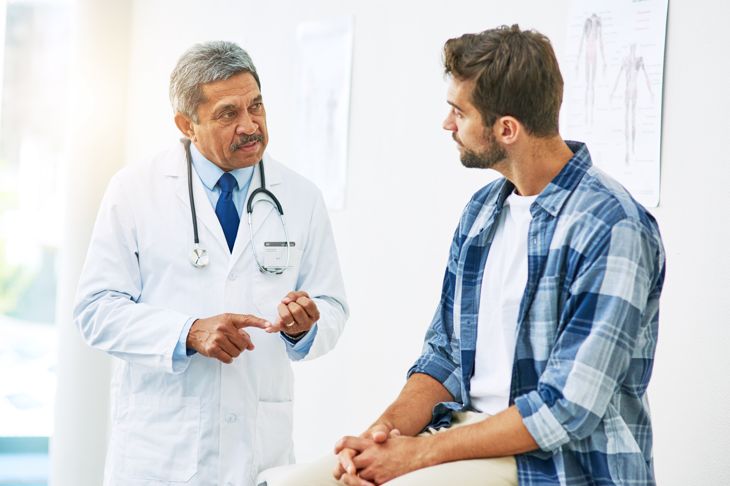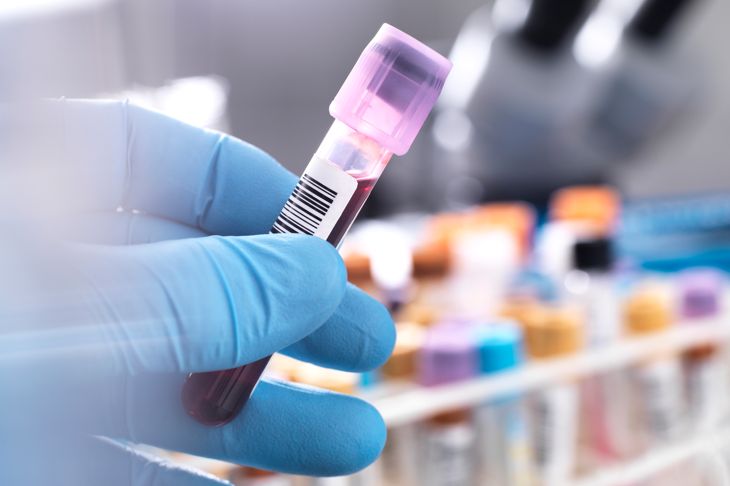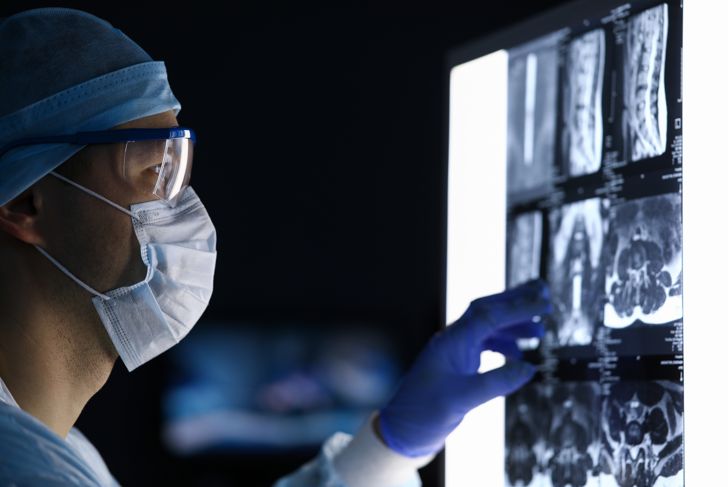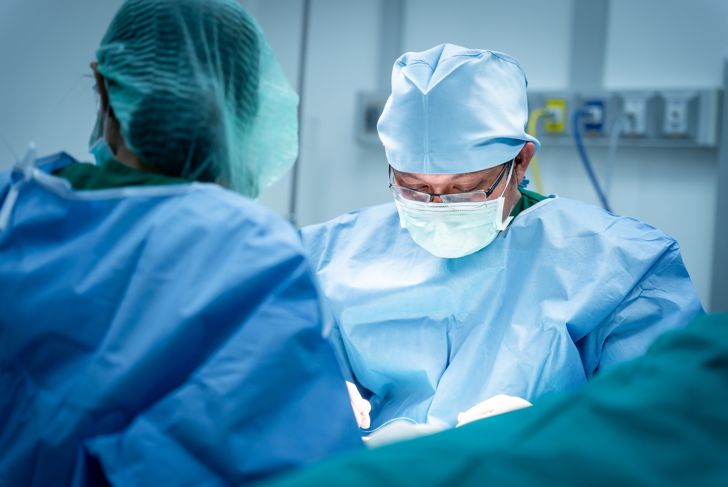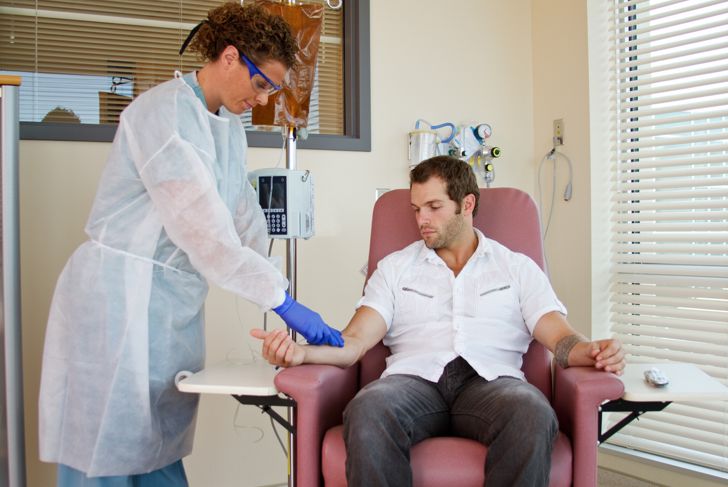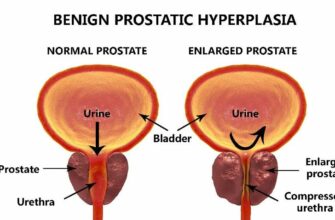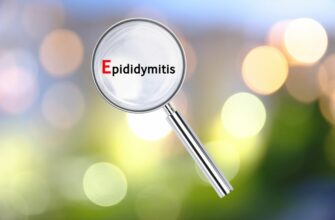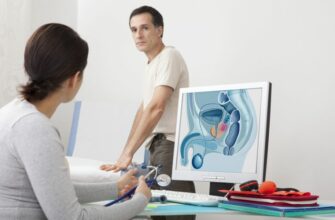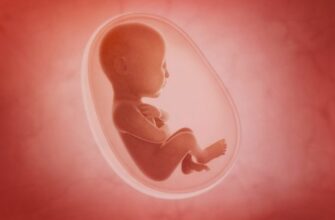Testicular cancer affects the testes, which produce sperm and male sex hormones. The testes sit inside the scrotum, the loose skin underneath the penis.This type of cancer accounts for only one percent of all cancers that affect men, but it disproportionately affects young men: it’s the most common type of cancer in American men between 15 and 35.
Types of Testicular Cancer
Most testicular cancers start in germ cells, the part of the testicles that eventually turn into sperm. These cells clump together to form a mass.There are two types of testicular cancer. Seminoma usually affects men in their 40 and 50s, while non-seminoma mainly affects younger men in their late teens to early 30s. Non-seminomas grow faster than seminonas.
Symptoms
Testicular cancer usually only affects one testicle. Symptoms include lumps or enlargement, pain in the scrotum or testicle, fluid collecting in the scrotum suddenly, an ache in the groin or abdomen, and a heavy feeling in the scrotum.People with testicular cancer may also experience back pain or a shrinking testicle.
Causes
Researchers do not know what causes testicular cancer. They speculate that many things contribute to its development, including environmental, immunologic, infectious, and genetic factors.Most cases of testicular cancer develop randomly in people who do not have a family history, though this does not mean that there is not a genetic component.
Genetics
Genetic factors do play a role in testicular cancer. Although 90 percent of males who develop testicular cancer do not have family members with the disease, research shows that having a father or brother with testicular cancer increases the risk.Researchers believe this may be due, in part, to childhood environmental exposures shared between siblings, and many of the risk factors for developing testicular cancer are genetic.
Risk Factors
Risk factors for developing testicular cancer include being born with undescended testicles, having a history of infertility, or having certain inherited genetic conditions, like Klinefelter syndrome.Age and race are also contributing factors as testicular cancer is more common in men under 35 and non-Hispanic whites. Having testicular cancer in one testicle increases the risk of developing it in the other one.
Diagnosis
When a doctor suspects testicular cancer, a scrotal ultrasound can detect small areas of cancer near the surface or identify tiny calcium deposits called microlithiasis that have a strong association with testicular cancer.Blood tests can detect tumor markers, and surgical removal of the testicles can confirm the diagnosis and is often the first step of treatment. X-rays and CT scans can detect if cancer has spread to the lungs, abdomen, or pelvis.
Staging
Cancer staging is a part of diagnosis and is determined by how large the tumor is and whether or not the cancer has spread.Testicular cancer is staged from 0 to III. Stage 0 is when abnormal cells are present, but they are still inside the testicles. In stage I, the cancer is confined to one testicle, and tumor markers may not be elevated. Stage II is when cancer has spread to the lump nodes in the back of the abdomen. When cancer has spread beyond the abdomen to another organ or if it has spread to the lymph nodes and tumor markers are high, it is stage III.
Surgery
The most common treatment for testicular cancer is surgery, regardless of tumor type or cancer stage. If testicular cancer has spread, the surgeon may also remove lymph nodes. Lymph node removal is more common with non-seminoma cancers, and it is also part of cancer staging.Depending on the type of cancer and whether it has spread, treatment may also include radiation or chemotherapy. Radiation is usually limited to treating seminonas and can be used after surgery to keep cancer from returning. Chemotherapy can be used as a sole treatment or in conjunction with surgery and may be used to treat cancer that has recurred after remission.
Other Treatment Considerations
Chemotherapy is not always recommended, but because non-seminomas grow faster and do not respond well to radiotherapy, surgery followed by chemotherapy is the common treatment for this type of testicular cancer.If testicular cancer goes into remission and comes back, doctors usually chemotherapy. If the person has already received chemotherapy, doctors are likely to recommend a different regimen.
Prognosis and Complications
The prognosis for testicle cancer is relatively good, with a 95 percent five-year survival rate, but there are some complications. The biggest side effect of having chemotherapy or radiation for testicular cancer is infertility. Surgical treatment does not affect a person’s ability to have a child as long as they still have one testicle.Long-term effects from treatment may develop later in life, including high blood pressure, fatigue, cardiovascular disease, and lung diseases.

 Home
Home Health
Health Diet & Nutrition
Diet & Nutrition Living Well
Living Well More
More



